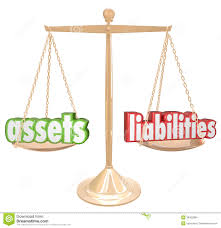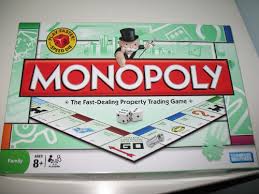Main items on a balance sheet Assets on the balance sheet comprise:
1)fixed assets; i.e., everything required for the operating cycle that is not destroyed as part of it. These items retain some value (any loss in their value is accounted for through depreciation, amortization and impairment losses). A distinction is drawn between tangible fixed assets (land, buildings, machinery, etc.
2), intangible fixed assets (brands, patents, goodwill, etc.) and investments. When a business holds shares in another company (in the long term), they are accounted for under investments;
3)inventories and trade receivables; i.e., temporary assets created as part of the operating cycle; . lastly,
4) marketable securities and cash that belong to the company and are thus assets. Inventories, receivables,marketable securities and cash represent the current assets, a term reflecting the fact that these assets tend to ‘‘turn over’’ during the operating cycle.
Resources on the balance sheet comprise: . 1)capital provided by shareholders, plus retained earnings, known as share- holders’ equity; . 2)borrowings of any kind that the business may have arranged – e.g., bank loans, supplier credits, etc. – known as liabilities.
*By definition, a company’s assets and resources must be exactly equal. This is the fundamental principle of double-entry accounting. When an item is purchased, it is either capitalised or expensed. If it is capitalised, it will appear on the asset side of the balance sheet, and, if expensed, it will lead to a reduction in earnings and thus shareholders’ equity. The double-entry for this purchase is either a reduction in cash (i.e., a decrease in an asset) or a commitment (i.e., a liability) to the vendor (i.e., an increase in a liability). According to the algebra of accounting, assets and resources (equity and liabilities) always carry the opposite sign, so the equilibrium of the balance sheet is always maintained. It is European practice to classify assets starting with fixed assets and to end with cash, 3)whereas it is North American and Japanese practice to start with cash. The same is true for the equity and liabilities side of the balance sheet: Europeans start with equity, whereas North Americans and the Japanese end with it.
Click here for government certification in Accounting, Banking & Finance





2 Comments. Leave new
Very well explained.. Nice..
well articulated